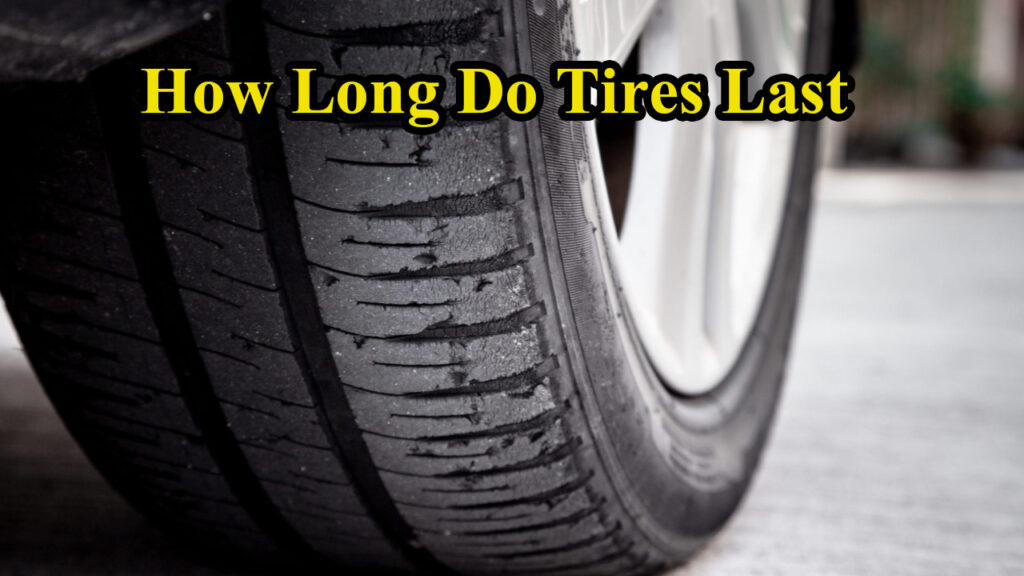We’ve all been there: staring at our car’s tires and wondering, “How much longer do I have?” The answer isn’t a simple one. Tires aren’t just rubber rings; they’re the only part of your vehicle that connects you to the road. Their lifespan is a complex interplay of various factors—from your driving habits to the climate you live in. As someone who’s spent countless hours both in garages and on the open road, I’ve learned that understanding tire longevity is crucial for both safety and your wallet. Let’s break down the truth about how long your tires will really last.
The “Rule of Thumb” vs. Reality
Most tire manufacturers and automotive experts agree on a general guideline: tires typically last between three and five years, or around 25,000 to 75,000 miles. However, this is just a starting point. Think of it like a weather forecast—it gives you a general idea, but the real-time conditions matter more. The biggest mistake people make is assuming their tires will automatically hit the high end of that range. In reality, the lifespan of your tires is more a function of how they’re used and cared for.
Let’s consider two drivers: one who commutes 10 miles a day on smooth, suburban roads and another who drives 50 miles a day on poorly maintained highways. The first driver’s tires will likely last much longer than the second’s, even if they’re the same brand and model. This simple example highlights that the real-world conditions your tires face are far more impactful than any manufacturer’s estimate.
The Big Four: Factors That Determine Tire Life
Several key elements work together to either prolong or shorten your tire’s life. Understanding these will help you maximize their lifespan and stay safe on the road.
1. Your Driving Habits: This is arguably the most significant factor. Aggressive driving, such as hard braking, rapid acceleration, and taking corners at high speeds, wears out tires much faster. Every time you squeal your tires, you’re literally scrubbing rubber off them. In contrast, smooth, gradual driving minimizes friction and heat buildup, leading to longer-lasting tires. I’ve personally seen customers with identical cars and tires get vastly different lifespans just because one driver was more gentle with the pedal.
2. Climate and Road Conditions: Tires hate extreme temperatures. Heat causes the rubber to degrade faster, while cold can make the rubber brittle. If you live in a region with hot summers and freezing winters, your tires are under constant stress. Additionally, the type of roads you drive on matters. Driving on gravel, potholes, and other rough surfaces can cause premature wear and even damage the tire’s internal structure.
3. Tire Maintenance: Proper maintenance is the single most effective way to extend your tire’s life. This includes:
- Proper Inflation: Underinflated tires cause the tire to flex more, building up heat and leading to uneven wear on the shoulders. Overinflated tires, on the other hand, wear out faster in the center. I’ve found that checking tire pressure monthly is a non-negotiable part of car ownership. You can find the correct pressure in your car’s owner’s manual or on a sticker inside the driver’s side door jamb—never just rely on the number on the tire’s sidewall.
- Regular Rotations: Rotating your tires every 5,000 to 7,500 miles ensures they wear evenly. Since the front and rear tires carry different loads and experience different forces (e.g., steering), they will naturally wear differently. A simple rotation ensures all four tires wear down at a similar rate, giving you maximum use from the set.
- Wheel Alignment: If your car’s wheels are misaligned, they will pull in a certain direction, causing one side of the tire to wear out rapidly. An alignment should be checked if you notice your car pulling to one side or after hitting a major pothole.
4. Tire Age: Even if a tire looks good, it has a finite lifespan. The rubber compounds in tires begin to break down over time due to exposure to UV rays, ozone, and oxygen. The general consensus among experts is that tires older than six years should be replaced, regardless of their remaining tread. Some manufacturers even recommend replacement at five years. I’ve seen seemingly perfect-looking tires fail simply because they were too old, a dangerous situation you want to avoid. You can find the tire’s age by looking for the DOT (Department of Transportation) code on the sidewall. The last four digits of this code represent the week and year the tire was manufactured (e.g., “1523” means the 15th week of 2023).
The Final Verdict: How to Tell When Your Tires are Done
While all the above factors are important, the final decision on whether to replace a tire comes down to two key indicators: tread depth and visible damage.
- Tread Depth: The legal minimum tread depth is 2/32 of an inch. A simple and effective way to check is with the penny test. Simply place a penny upside down in a tread groove. If you can see the top of Lincoln’s head, your tread is worn and it’s time for new tires.
- Visible Damage: Inspect your tires regularly for cracks, bulges, cuts, or punctures. A bulge on the sidewall, for example, is a sign of internal damage and a ticking time bomb.
In conclusion, the question “how long do tires last?” doesn’t have a universal answer. It’s a dynamic equation with you, the driver, as the most important variable. By paying attention to your driving habits, performing regular maintenance, and understanding the signs of wear, you can significantly extend your tires’ life, ensuring both your safety and a smarter investment.




